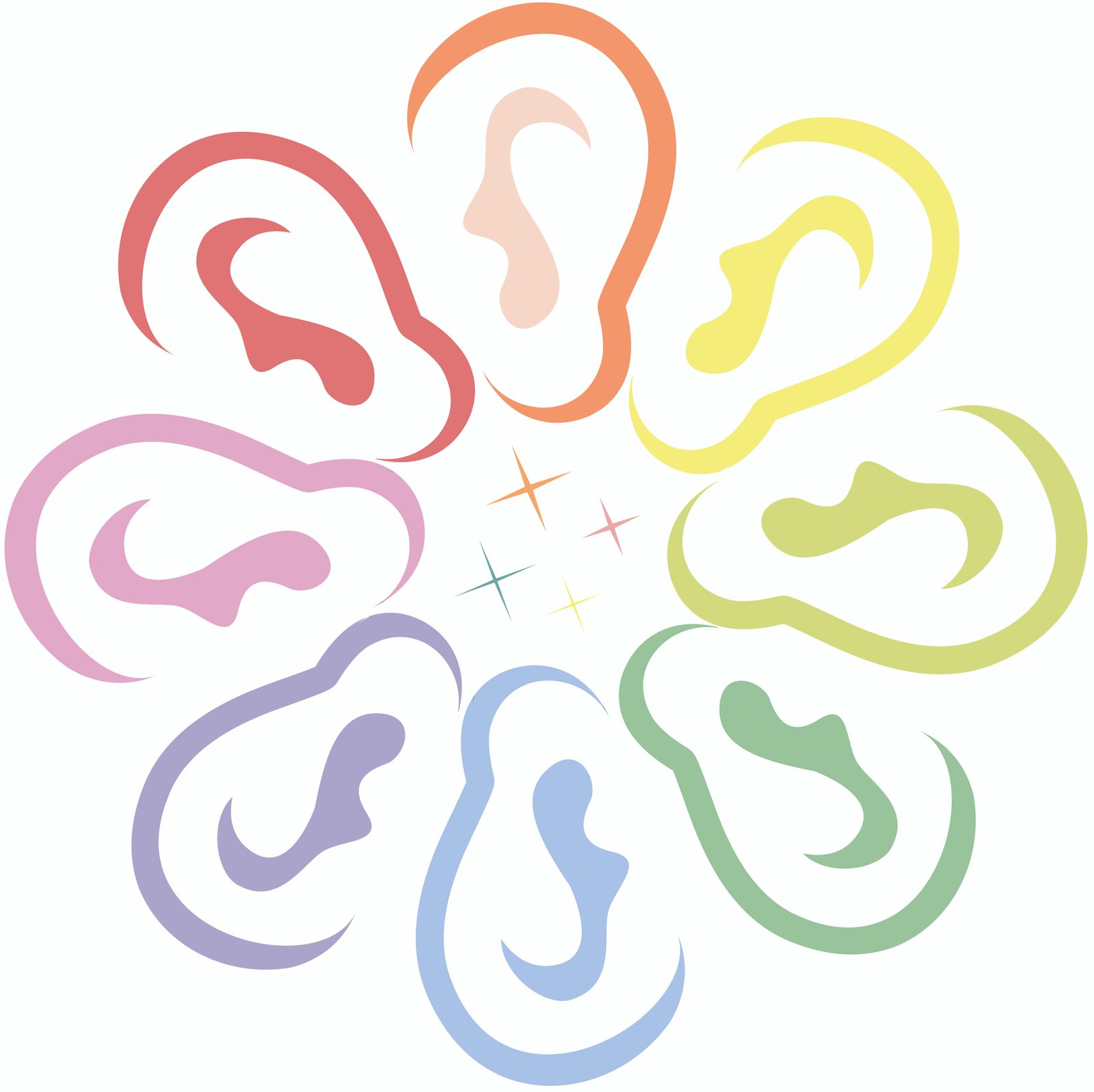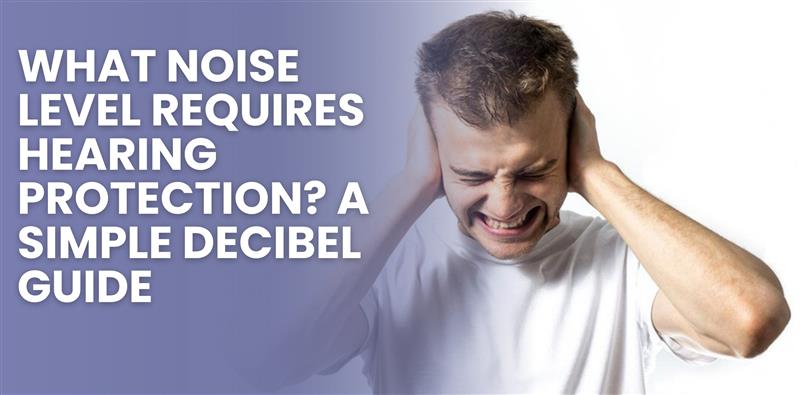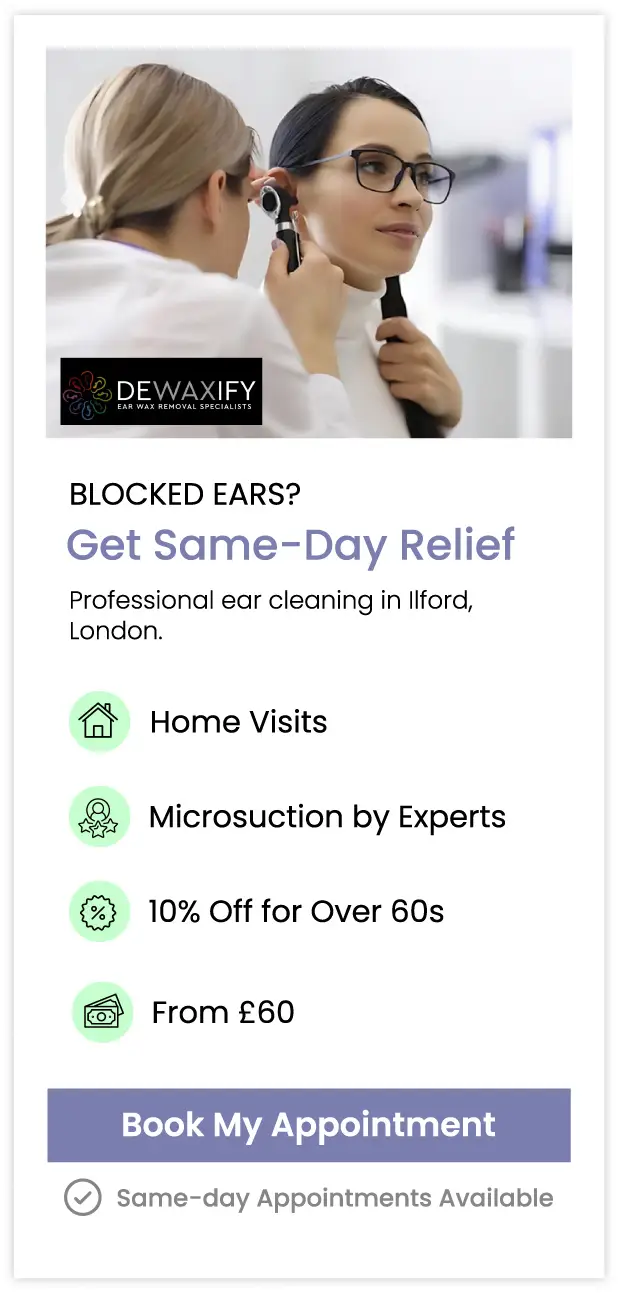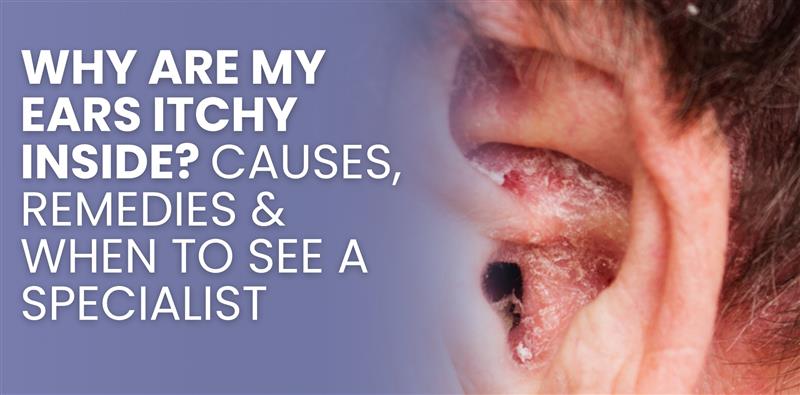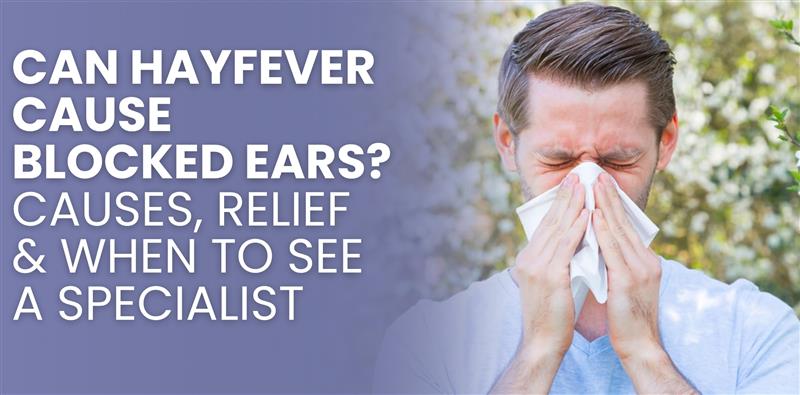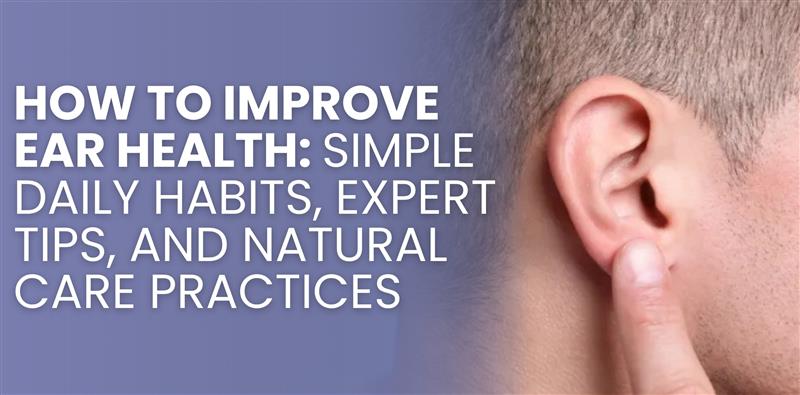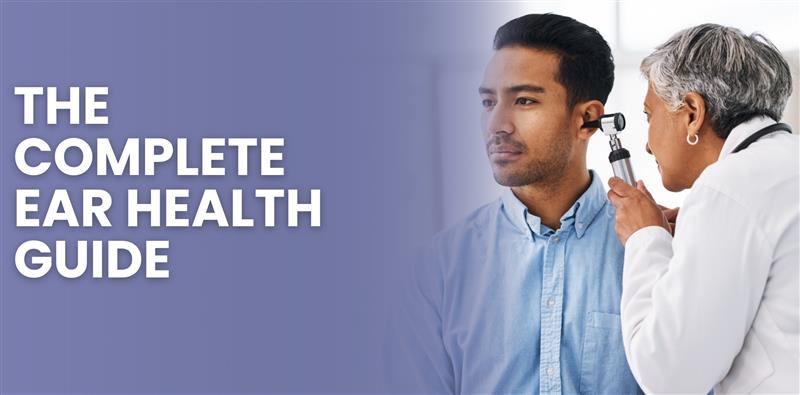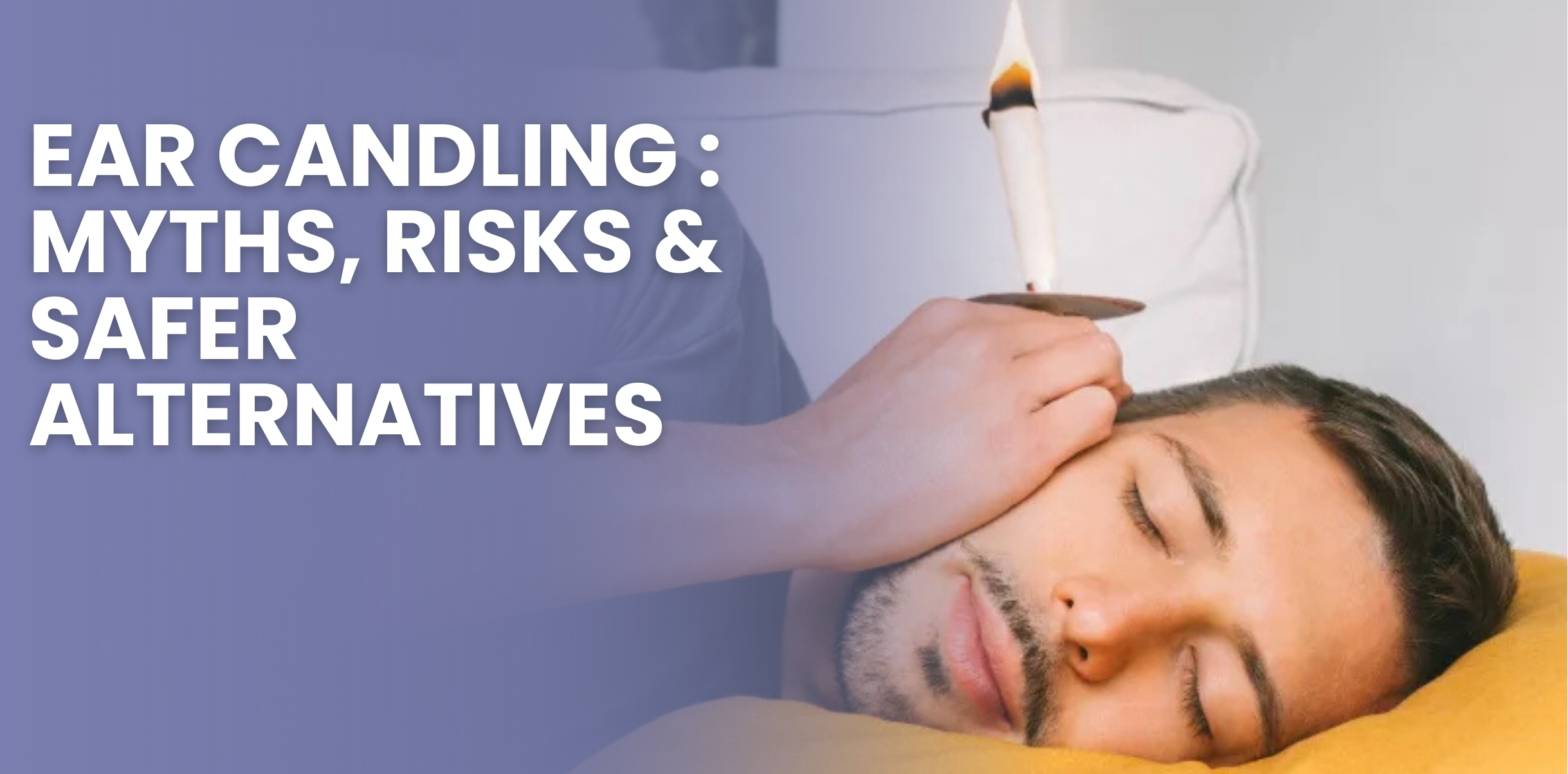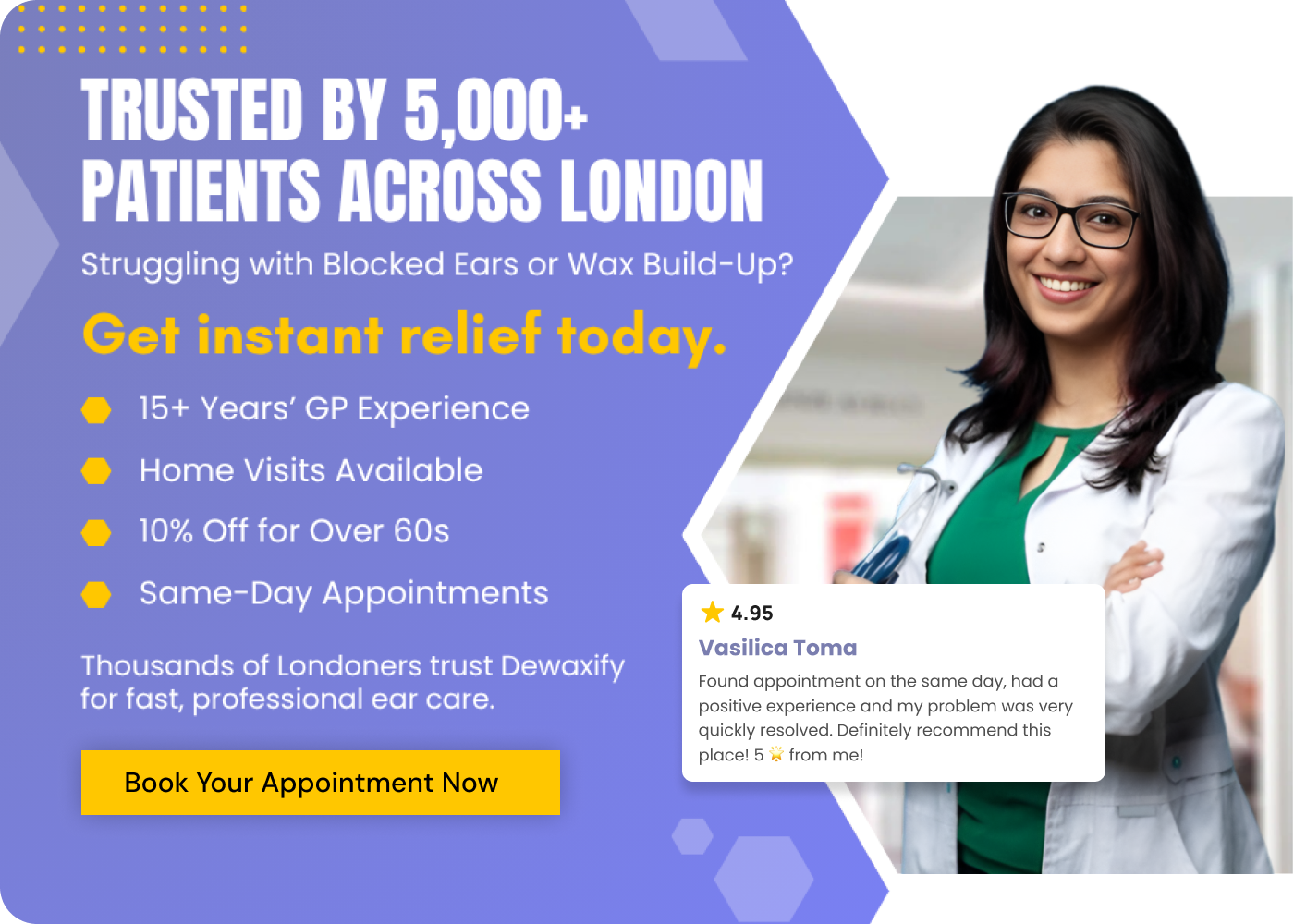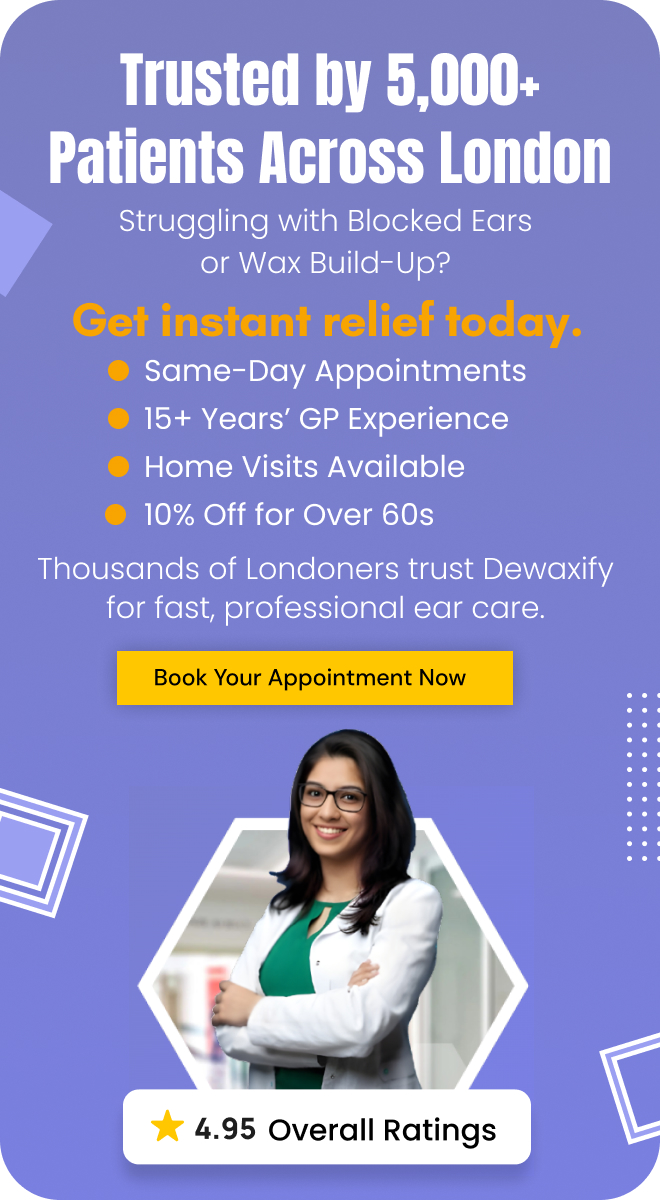We live in a noisy world.
From traffic and concerts to busy workplaces, loud sounds are everywhere.
But at what point does noise become dangerous for your ears?
That’s exactly what we’ll explore today.
In this guide, you’ll discover what noise level requires hearing protection, the safe limits for daily exposure, workplace rules, and practical tips to protect your hearing.
We’ll also share how Dewaxify can help you check your hearing health with a free online test.
Understanding What Noise Level Requires Hearing Protection
Your ears are sensitive.
Even short exposure to high noise levels can cause damage.
But what noise level requires hearing protection?
Most experts agree that sounds above 85 decibels (dB) are risky if you’re exposed for too long.
Here’s a simple decibel scale to help you compare everyday sounds:
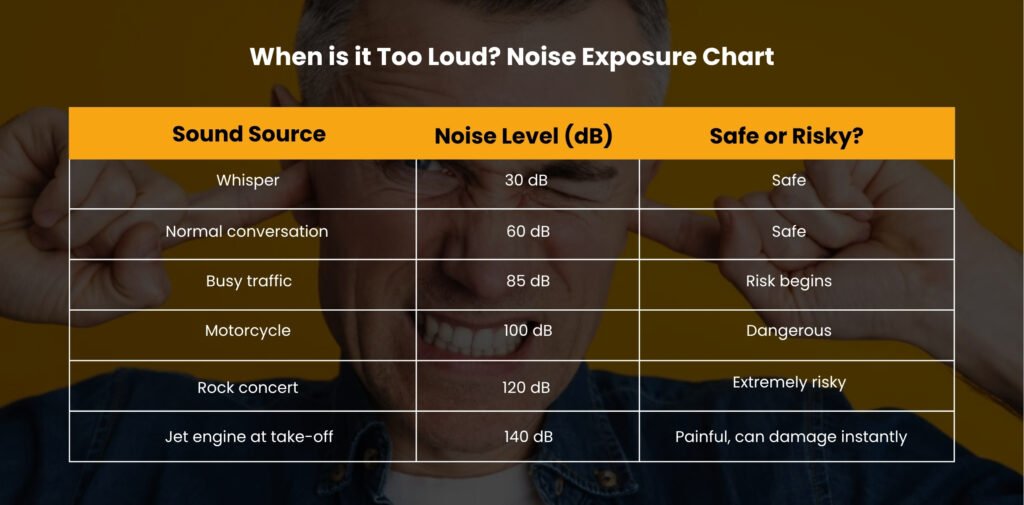
Key takeaway: Once sounds reach 85 dB or higher, hearing protection is necessary to avoid permanent damage.
For perspective, 85 dB is like standing next to a passing lorry.
Also Read>>>>>>
What is Tinnitus and When is it a Sign of Something More?
At What Decibel Is Hearing Protection Required? Global Guidelines
Different organisations set slightly different rules for noise exposure. Let’s compare:
| Organisation | Maximum Limit Without Protection | Notes |
| HSE (UK) | 85 dB for 8 hours | Employers must act at this level |
| OSHA (USA) | 90 dB for 8 hours | Stricter rules above 90 dB |
| WHO | 85 dB for 8 hours | Same as HSE |
- Source: Health and Safety Executive (UK)
So, at what decibel is hearing protection required? The safe answer is anything at or above 85 dB. But shorter exposure at higher levels can be just as harmful.
Hearing Protection in the Workplace
Many jobs involve regular exposure to loud environments. Think about:
- Construction workers using drills and machinery
- Factory workers near heavy equipment
- Musicians playing live shows
- Airport staff working near aircraft
Employers have a legal duty to:
- Provide earplugs or earmuffs
- Carry out noise assessments
- Educate staff about noise risks
- Limit daily exposure time
For employees, this isn’t just a rule, it’s a lifeline.
Imagine trying to hold conversations or enjoy music later in life, only to find that your workplace noise has taken that away.
Hearing protection today saves years of clarity tomorrow.
Noise Exposure Limits: How Long Is Too Long?
Noise doesn’t just depend on volume, it also depends on time.
Here’s a clear breakdown of safe listening times:
| Noise Level (dB) | Safe Exposure Time |
| 85 dB | 8 hours |
| 88 dB | 4 hours |
| 91 dB | 2 hours |
| 94 dB | 1 hour |
| 97 dB | 30 minutes |
| 100 dB | 15 minutes |
Source: World Health Organization, Centers for Disease Control & Prevention (CDC)
Notice how every 3 dB increase halves the safe time.
That’s why long exposure to moderately loud sounds can be just as harmful as short bursts of extreme noise.
Common Myths About Hearing Protection
There are many misconceptions about hearing loss and protection. Let’s clear a few:
- “If my ears don’t hurt, it’s safe.”
Wrong. Hearing damage can occur long before pain. - “Earbuds block noise well enough.”
False. Standard earbuds don’t protect—you need earplugs or earmuffs. - “I’m too young to worry about hearing loss.”
Incorrect. Teenagers and young adults are increasingly affected by loud music and gaming. - “I’ll notice if my hearing is damaged.”
Not always. Hearing loss develops gradually, and many people don’t realise until it’s advanced.
Types of Hearing Protection Explained
Not all hearing protection is the same. Just have a loot at the table given below:
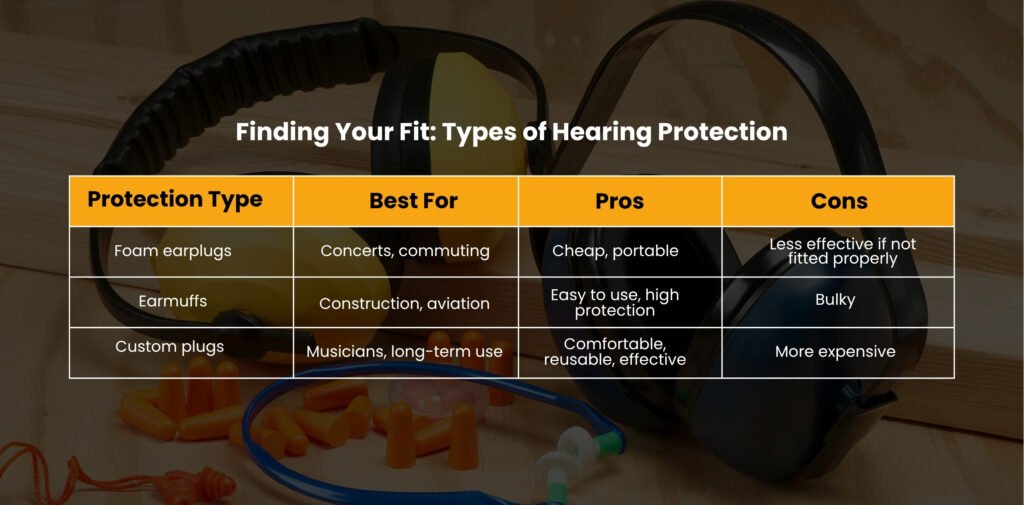
Choosing the right option depends on your environment.
For daily workplace use, earmuffs may be best.
For occasional concerts, foam plugs work well.
Signs You’re Already Experiencing Hearing Damage
Sometimes the warning signs are already there, but people ignore them.
Watch for:
- Ringing in the ears (tinnitus)
- Needing to increase the TV or headphone volume
- Muffled hearing after concerts or noisy shifts
- Struggling to follow conversations in busy places
If any of these sound familiar, don’t delay.
A 3-minute free hearing test can quickly confirm whether your ears are healthy.
If hearing tests show lasting damage, treatment options such as hearing aids may be recommended to restore clarity in daily conversations.
Safe Listening for Music Lovers and Gamers
Young people are at higher risk than ever, mainly due to constant headphone and gaming headset use.
The World Health Organization estimates that 1.1 billion young people are at risk of hearing loss from unsafe listening (WHO, 2015).
Simple steps to stay safe:
- Use the 60/60 rule (60% volume, 60 minutes max)
- Choose noise-cancelling headphones so you don’t need high volume
- Take “listening breaks” every hour
- Wear earplugs at concerts or clubs
Music is best enjoyed when you can still hear it clearly years later.
Quick Noise Level Tests You Can Do Anywhere
You don’t always need equipment to know when it’s too loud. Try this:
- If you need to shout to be heard one metre away, the noise is over 85 dB.
- Download a free smartphone decibel meter app to get a rough reading.
- Remember: apps aren’t perfect, but they raise awareness of noise exposure.
Simple Tips to Protect Your Hearing
Protecting your hearing doesn’t have to be complicated. Here are some easy steps:
- Use earplugs or earmuffs at concerts or construction sites
- Take listening breaks when using headphones
- Ask your employer for protection if you work in noisy areas
- Avoid standing too close to loudspeakers
- Encourage children to wear protective gear at fireworks or sporting events
Your ears will thank you for these small changes.

Why Knowing What Noise Level Requires Hearing Protection Matters
Most people don’t realise how quickly everyday sounds can reach dangerous levels.
Knowing the exact point where sound becomes harmful, helps you make informed choices before damage happens.
Most sounds above 85 decibels (dB) can start damaging your hearing if you’re exposed for too long.
When you understand these thresholds, you can:
- Recognise when to use earplugs or earmuffs
- Limit your exposure time in noisy environments
- Protect your hearing long before symptoms like ringing or muffled sounds appear
Unchecked noise exposure can lead to:
- Permanent hearing loss
- Tinnitus (ringing in the ears)
- Difficulty understanding conversations
- Social isolation
One Dewaxify patient once ignored ringing in his ears after working with machinery.
A quick test showed early damage.
With proper protection, he stopped the issue from getting worse.
Real stories like these show why acting early matters.
Dewaxify: Trusted Hearing Care in Ilford
At Dewaxify, we understand that protecting your hearing is not optional, it’s essential.
That’s why we offer:
- Free online hearing test to check your ear health anytime
- Same-day appointments available in Ilford, London
- Trusted care from Sita Parmar, who brings 15+ years of audiology experience
Hundreds of people in Ilford and beyond already trust Dewaxify to care for their ears.
With expert guidance and fast appointments, there’s no reason to wait.
👉 Book your free hearing test today and take the first step toward lasting ear health.
Conclusion
Noise surrounds us, but damage is preventable.
Knowing what noise level requires hearing protection helps you make safer choices every day.
Your ears are precious, don’t wait until it’s too late.
Protect them, test them, and trust Dewaxify to keep your hearing clear for years to come.
FAQ
What noise level requires hearing protection?
Protection is needed at 85 dB or higher. Long exposure at this level can cause hearing loss.
Can short bursts of loud noise damage hearing?
Yes. A single firework or gunshot can cause instant, irreversible damage
Are earplugs or earmuffs better?
Both work. Earplugs are portable, while earmuffs provide stronger protection in very noisy workplaces.
How often should I test my hearing?
Once a year, or sooner if your job is noisy.
What is the safe volume for headphones?
Follow the 60/60 rule—no more than 60% volume for 60 minutes.
Do children need hearing protection?
Absolutely. Their ears are even more sensitive to loud sounds.
What are the workplace noise exposure limits?
In the UK, the HSE requires action above 85 dB. Employers must provide hearing protection and limit exposure time.
